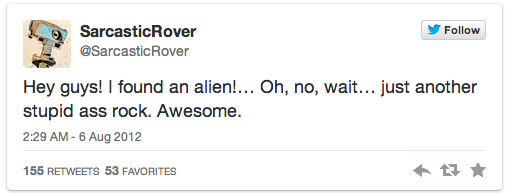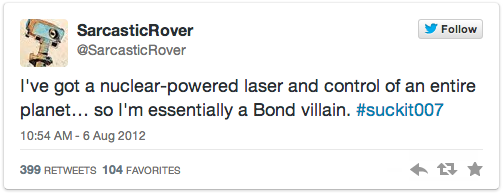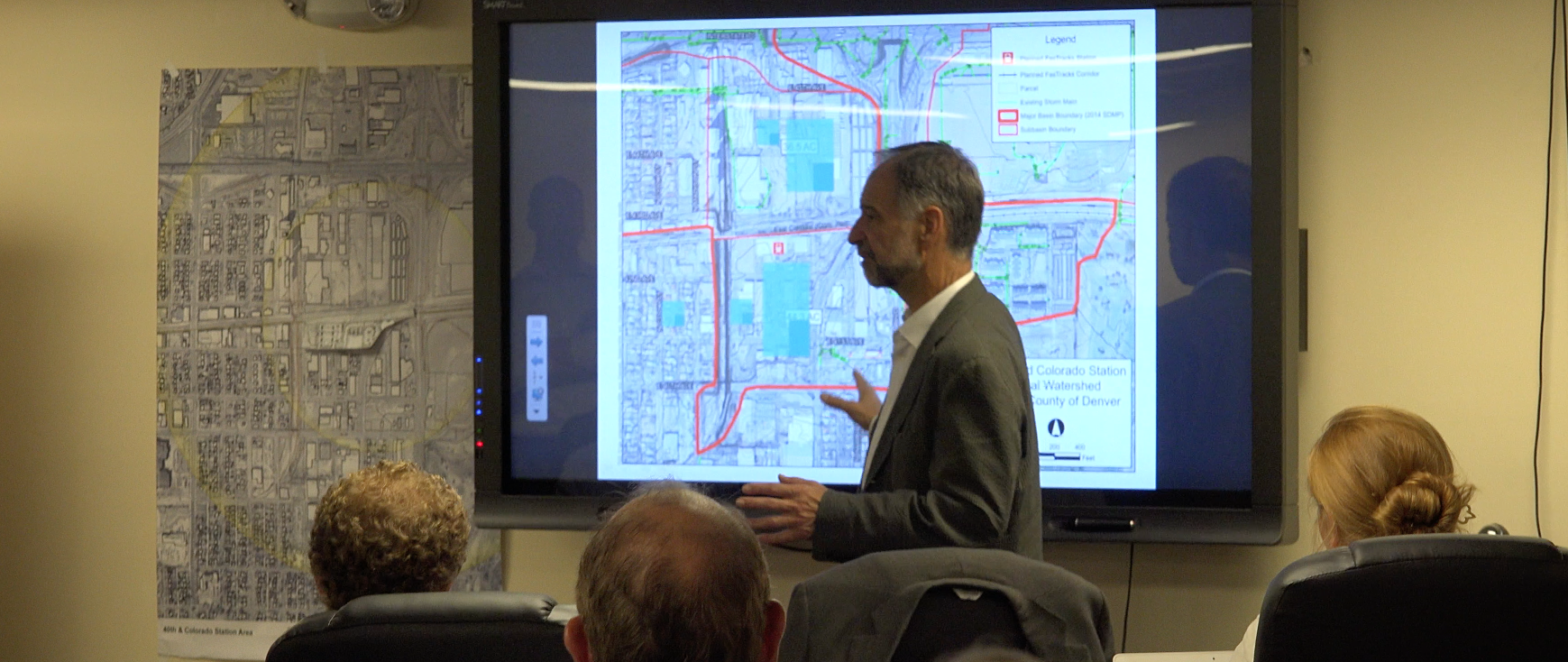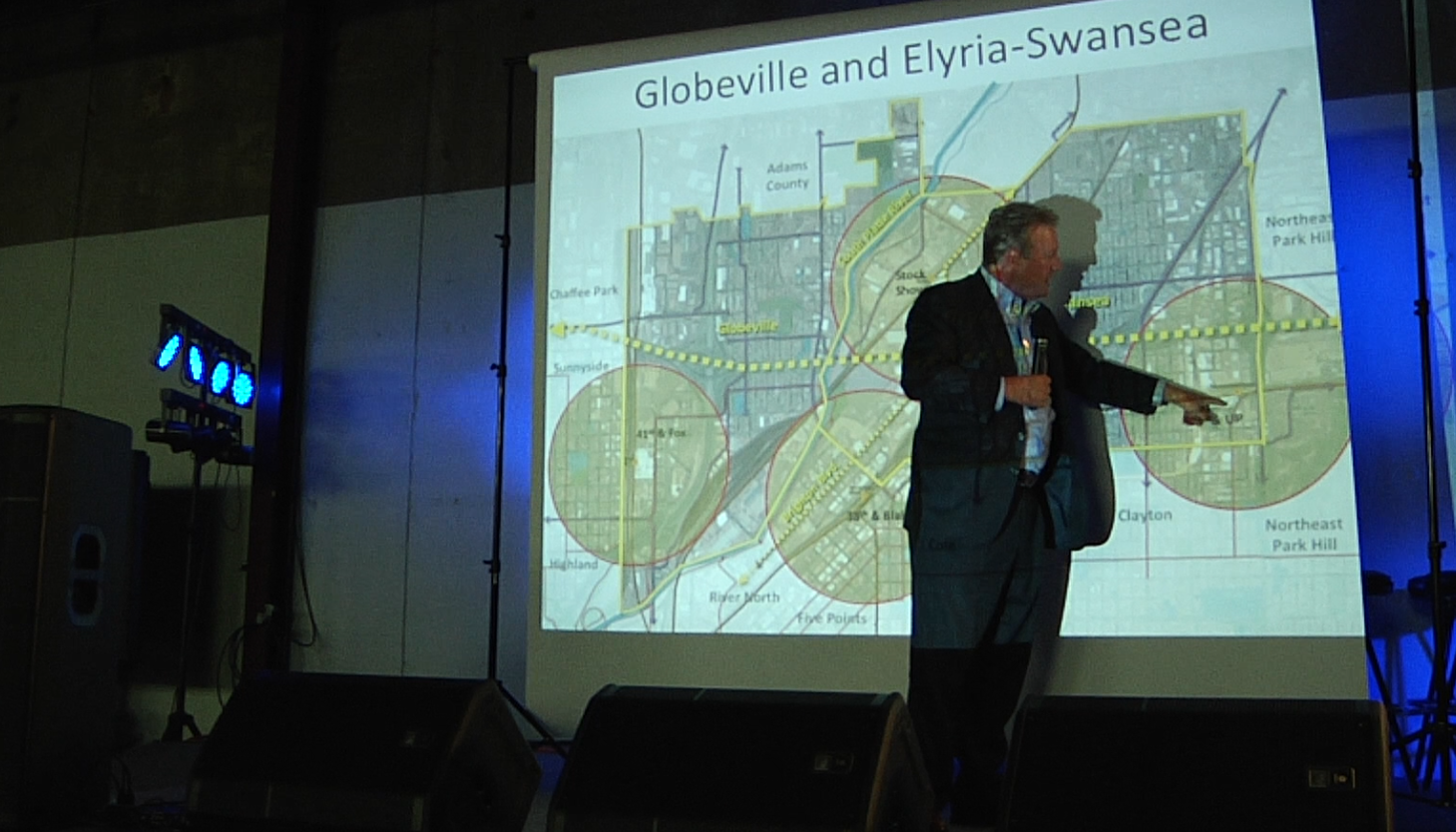Let's retire the idea of an employee. These days, your company needs something different.
The Factory System gave us cool toys and a cushy life, but it also came with business diseases, and one of them is the Industrial Age concept of the employee. That version is a very new idea in the history of man, and one that needs to go away. Let's replace them with Stakeholders.
 Employees Are Silent
Employees Are Silent
The Industrial Age recreated people as extensions of machines. If people left the messy, creative human part at home, they fit into the Factory System much better. Sadly, people adapted, to the point that the generation that entered the work force at the very peak of the Industrial Age (1945-1965ish) was given the worst generational label in history--The Silent Generation. They understood the Factory System mantra, "Be loyal to the company. Do what you're told. Show up early, leave late. Shut up, sit down, don't make waves, live invisibly, and go out quietly. The company will take care of you, from cradle to grave." They bought the promise hook, line and sinker.
Employees Are Children
This view of work (and life) turned adults back into children. The most respected person was one who obediently took orders, did what they were told, didn't question authority, was blindly loyal to those in charge, and lived passively as others directed their life. Pretty much what we want a five-year-old to do.
To keep the children from ruining the house, the Industrial Age herded people into company day care centers, penned them in with clear and narrow rules on performance and hours, and endless limitations on being human and adult at work. Machines didn't need them to ask why, or to create, or to solve problems. Machines just needed them to "do".
Childlike Employees Are Replaced By Adult Stakeholders
The notion of an employee is a business disease which turns people back into children, and it should be eradicated. Some companies can't even use the word anymore. They don't want to hire children who need to be supervised so that they don't run into the street. They want adults. Enter the Stakeholder.
Stakeholders bring the whole, messy, creative person to work. They can think, take initiative, make decisions, carry responsibility, take ownership, be creative, and solve problems. And they incessantly ask the most human of questions, "Why?" They are self-directed and creative, and they solve problems. They don't expect the company or other adults to take care of them.
Stakeholders Are Owners
Ownership is the most powerful motivator in business. Adults own stuff. Even if they don't own a piece of the company, Stakeholders own their work. And as Stakeholders, they receive profit sharing, just like an owner should. To create ownership, Stakeholders in Participation Age companies own some of the fruit of their labor.
Stakeholders Require Leadership, Not Adult Supervision (Management)
If you hire adult Stakeholders instead of childlike employees, it changes the way you lead people. Participation Age companies with Stakeholders don't have office hours, vacation time, or personal days. They're not interested in whose car was in the parking lot first or who left last. In these companies, Stakeholders don't need adult supervision, they need leadership.
Stakeholders Make Meaning and Money At Work, and More of Both
Industrial Age employees traded time for money, and then went home to Make Meaning. Stakeholders won't settle for a j-o-b that just pays the bills. They want to be able to go home at the end of the day knowing they made a difference, not just a product. And everyone is a lot happier because they all work with adults who contribute and pull their own weight.
In the Participation Age, employees are always a bad idea. Stakeholders will replace them. There is a growing wave of companies looking to replace employees with Stakeholders. Don't settle. Find one you can join, or build one yourself.
Come join us in the Participation Age.
by Chuck Blakeman, Author of the #1 Rated Business Book of the Year, Making Money is Killing Your Business and Top 10 business book, Why Employees Are Always A Bad Idea
www.ChuckBlakeman.com
Article as seen on Inc.com










 Employees Are Silent
Employees Are Silent

















